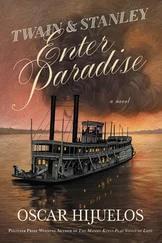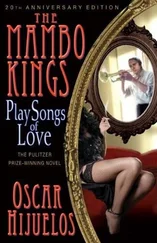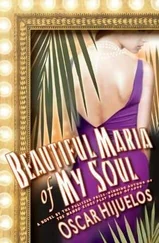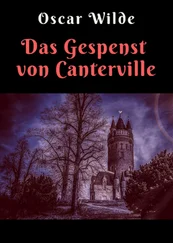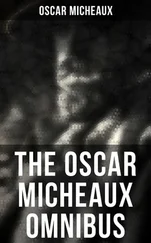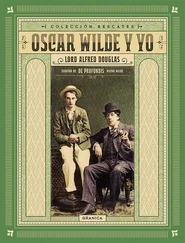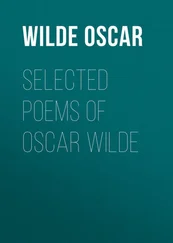Ultimately, however, it was Cesar Castillo himself who worked his own magic. I conceived him as a cross between my pop (in the sense of his fleshliness and drinking) and a heartthrob (now dated) like Victor Mature, with touches of both Frankie the exterminator and Mr. Martinez the superintendent. He wore the gray utility uniform of my uptown super, Luis (who, a cocaine addict, would do any job for the money, and, constantly wired, died at about age forty from a heart attack), with his smells of plumber’s gum and incinerator ash (as well as tobacco). With so much information floating in my head, I still hadn’t figured out just who Cesar Castillo happened to really be, when, as I sat before my desk one day, I envisioned him coming out of a basement into a courtyard, singing in a wonderful baritone, but, at the same time, carrying in his arms an old record jacket on whose cover I first “saw”—cross my heart — the rubric The Mambo Kings Play Songs of Love.
Still, I already had a tentative title for that manuscript— The Secrets of a Poor Man’s Life —while the name Mambo Kings, for Cesar’s orchestra, simply occurred to me while noticing how on old mambo recordings, which I’d come by in secondhand shops and places like the Salvation Army, musicians such as Perez Prado would be referred to as the King of Cuban Swing, or the King of the Mambo, and perhaps I had seen in Spanish the phrase “ El Rey del Mambo ,” but never once “Mambo King,” which I came up with by simply inverting the old terminology from the 1950s.
Once I’d figured out that my humble super had been a mambo king, or the Mambo King, as he would become known in the novel, I still saw him in terms of a contradictory personality: On the one hand he was rambunctious, wild, life loving, woman chasing, devil-maycare, blatantly sexist, big dicked, and altogether, even when long past his prime, herculean in every way possible (or to put it differently, a man of the earth and of a triumphant body, until his vices got the better of him). At the same time, because I’d always identified that feeling with being Cuban, he had a tendency toward melancholy and so many soulful memories that he seemed to be two “selves,” as it were. That dichotomy puzzled me, until one day I realized that Cesar Castillo was, in fact, two persons: Hence his younger brother, Nestor, came into the world, or, as I thought of him, he had always been there, lingering inside Cesar Castillo’s head.
A far more measured and poetic soul, but devastatingly sad, Nestor Castillo was an infinitely talented musician, and the sort to sit inside a tenement window strumming a guitar while writing a heartfelt bolero about, at least in the beginning, the Cuba he, as an immigrant living in New York, had left behind. Once I had figured that out, it became a matter of placing the stories of these two Cuban brothers in the context of Cesar’s memories of the past.
And so, as they say, that novel began.

Without detailing the further processes of that book, at this moment at least, I will say that its writing, which I had pursued so tentatively back in New York, now took on a bloom as radiant and all-consuming as the city of Rome itself. In other words, those wonderful Italo-Latino energies that were flowing into me, so alive, so varied, so intensely felt, began to find their way onto the page. It was as if Rome had become my Havana — and held out such strong resonances for me that I, sitting in my study, a cigarette burning in a tray (MS, an Italian brand, which English speakers had nicknamed for their pungency Massive Stroke), along with the occasional glass of marketplace jug wine (so young that within a few weeks, it would be good only as paint remover), found the words gushing out from me, like so much water from the Acqua Paola down the hill. Though the heating in that shed was faulty and halting at best, and the coolest air seeped in through the cracked windowpanes, I loved every moment of it. Stricken by some romantic notion of being a writer, and thinking of the composer Chopin, I’d even gotten hold of some mittens and cut off the tips so that I could keep my hands warm while typing. On occasion, when it became too damply cold, I’d put a lit candle on my desk and warm my fingers from the flame — so very nineteenth-century that it delighted me. As a wintry twilight fell, and Venus started her ascent over the Aurelian wall, winking at me, I’d sit back and remember that not a year before, at that same hour, I would have been sitting by my desk at TDI, waiting for the clock to count down to five.
Though the villa and grounds had once seen better times, I learned quickly that coming to the academy was an honor, and for most of the fellows there, a competitively driven one. Among them were pre- and postdoctoral classicists and art historians, architects and architectural scholars, conservationists, city planners, experts in Italian Renaissance literature as well as aspirants in the field of Italian studies, who had been culled from the finest universities in the United States and, in some cases, Europe: Harvard, Princeton, and Yale graduates were well represented at the academy, but even when they came from other universities, there could be no doubt as to their drive and brilliance, for they were the crème de la crème of young scholarship. Added to this mix were returning former fellows, now tenured professors on sabbatical from some of the most prestigious universities in the country, to take up half- and full-year residencies devoted to studies and writing, and, as well, the occasional invited honored guest.
During my year at the academy, of this group, the two most notable were Dorothea Rockburne, the artist, and one Leon Krier, architect, town planning theorist, and Prince Charles’s right-hand man when it came to London architectural conservation, with whom I became rather friendly — mainly because the two of us had a shared interest in fumetti, comics, which took us all over Rome to visit shops.
On the other side, among the nonacademics, in a separate class unto themselves, were the fellows in the arts — painting, photography, sculpture, and music. In my year, they were a rather talented but temperamentally uneven group that included one burly older painter, who, having applied to the academy some fifteen times over the years, arrived with a smoldering contempt for the spoiled brat “careerists” surrounding him. He resembled, incidentally, a Thomas Nast rendering of Saint Nicholas, down to his bulbous nose and gray scraggly beard, though he, dressed usually in a lumberjack’s shirt and coveralls, hardly ever behaved in a jolly manner with anyone — and remained particularly belligerent toward me.
When I’d first turned up at the academy, I’d made the mistake of mentioning to him that my Rome Prize had come out of the blue, awarded to me from afar, from within the mysterious star chambers of the American Academy and Institute of Arts and Letters, as I’d never applied for it; and though I’d said this so as to separate myself from the ultracompetitive folks there, for I’d never hustled anyone (or ever would) in my life, nor had I ever been one to “look around a room” to make possible connections, it did not go well with this man, who, until we became friends, made my life and that of the other fellows generally miserable. A perpetual presence at the downstairs bar just off the main salone , he tended to linger there without company, as most people, once seeing him, changed their plans. It seems that he was mainly a confrontation junkie, insults (“I’ve got more talent in my pinkie than everyone else here put together”) his general means of communication. But he must have also been crazy — his paintings, mainly portraiture and Roman cityscapes that were constructed by mounting blotchy dashes of paint one upon the other, seemed the work of a madman (at least to me). One day, when I’d shown up at the bar with a nice-looking woman I’d met in Rome, he nearly proved it, almost pushing me over an edge; ogling her body lasciviously, he leaned close to me, asking if I could do him a favor.
Читать дальше



